The critical reception to the second series of Andor has been nothing short of ecstatic. At the time of writing, it has a hugely impressive, near-unprecedented 99 percent “Fresh” rating on Rotten Tomatoes, far in excess of any other Star Wars movie or television spin-off. Its creator and showrunner Tony Gilroy, who has been open in the past about his relative disdain for fantasy in general and Star Wars in particular, has been doing the interview circuit and making it clear that he has no interest in fan service. He told the Daily Telegraph, “Some people have a problem: ‘It’s not for kids. There aren’t enough creatures in it.’ Well, I don’t make that show. Sorry.”
Given how poorly executed and indifferently received almost every other Star Wars spin-off has been, how good the first season of Andor was a delightful relief. Gilroy, who had stepped in to rewrite (and, if rumors are to be believed, co-direct) large parts of the excellent Rogue One, had been charged with the task of making a prequel to a prequel, and doing so with the usual pitfalls that any creator faces. We know, for instance, that the superb Genevieve O’Reilly, who plays the politician-turned-head of the Rebel Alliance Mon Mothma, will not be meeting her Waterloo in the show, or indeed in any Star Wars adaptation, as the character makes a brief appearance at the end of Return of the Jedi. And yet the return of his show has been greeted with the same feverish anticipation that the cult likes of Breaking Bad or Stranger Things receive. Is it really that good, or is it a case of hype over substance?
Judged by the opening salvo, Gilroy has maintained an impressive level of consistency. The key to its appeal is that its eponymous protagonist, Diego Luna’s drifter-turned-Rebel operative Cassian Andor might consider himself several steps ahead of the game, but he really isn’t. A highly amusing opening scene in which he tries, messily, to steal a TIE Fighter from the Empire paints him less as a dashing hero and more as a brave but limited figure severely out of his depth: something that might be said of most of the sympathetic characters – save O’Reilly’s principled Mothma and Stellan Skarsgård’s rebel overlord Luthen Rael, who, amusingly, poses as a campy antiques dealer in order to mingle with politicians and lawmakers unsuspected.
Nevertheless, Gilroy’s greatest interest is not in creatures or action scenes, but in finding real-world parallels. When Ben Mendelsohn’s Orson Krennic (in a welcome return from Rogue One) is discussing ways with the Imperial high command in which to manipulate public opinion via propaganda in order to subdue the Ghorman people – and therefore mine their planet for much-needed mineral resources – we are reminded of anything from Putin eyeing up Ukraine to the notorious 1942 Wannsee Conference, in which a group of high-ranking Nazis decided upon what would become the Final Solution. If this was a less accomplished or well-written series, such references would be grandiose and pompous, but it is Gilroy’s skill at keeping things relevant and gripping that such allusions feel earned, rather than hifalutin.
A more appropriate criticism is that this isn’t really Star Wars, so much as a political show that happens to be set in the same universe as a galaxy far, far away. If you’re expecting giddy escapism and cuddly aliens – to say nothing of portentous monologues about Jedi lore and “the Force” – then you’ve come to the wrong place. This is a decidedly adult-skewing show (there’s a nasty scene of attempted sexual assault in the third episode, for instance) that trusts its audience to keep up and to be alert to subtext and nuance, rather than just big special effects. Andor might be at least partially in love with its own subversiveness, but it is big, and it is clever, and this highly welcome redux suggests that this is what the genre has always needed: Star Wars for grown-ups.













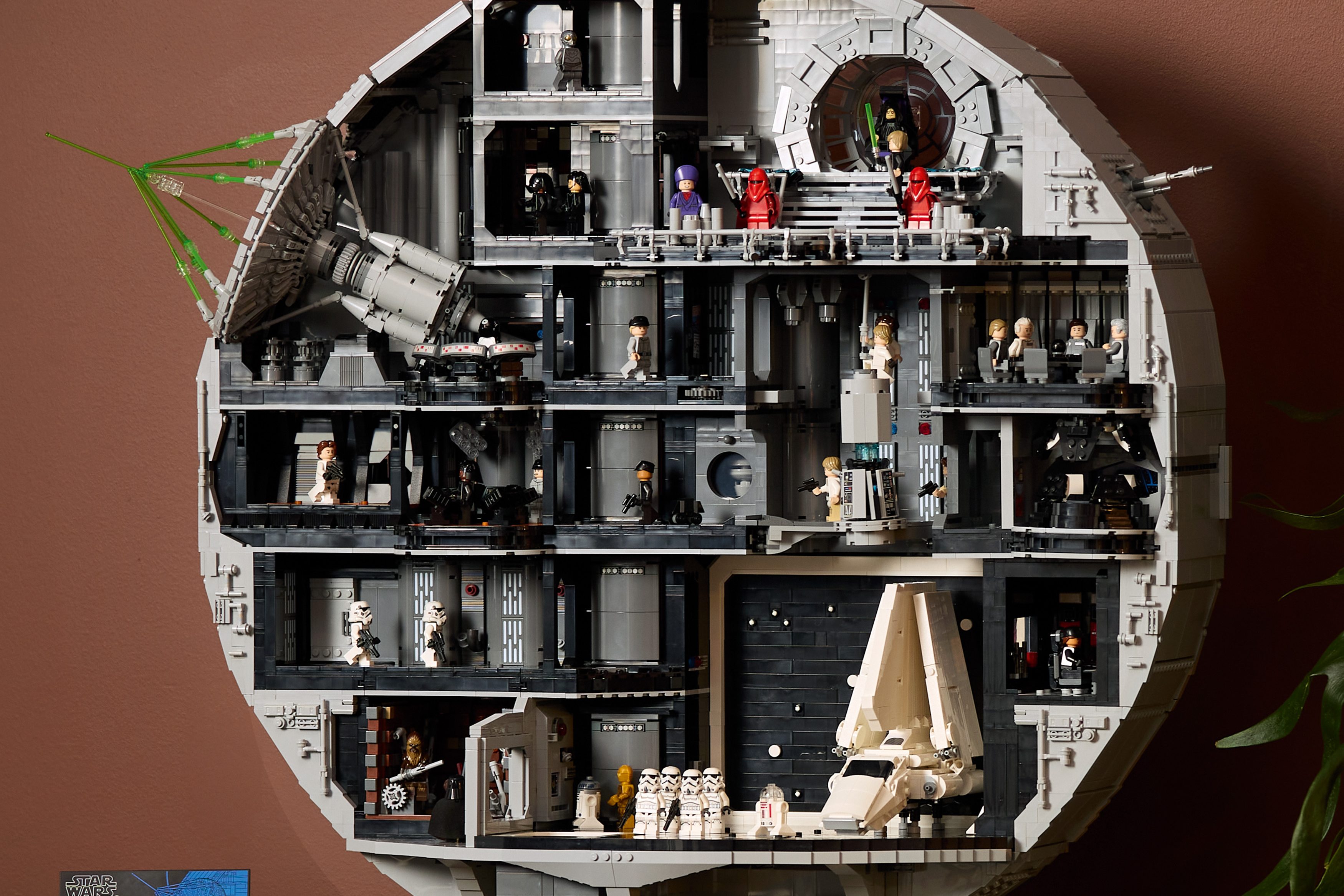

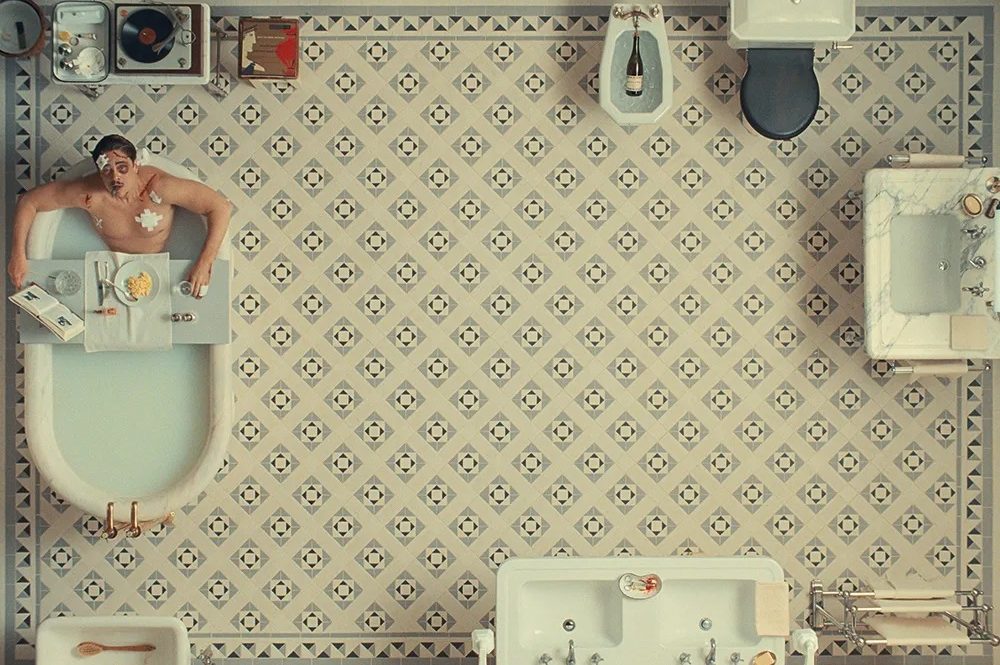
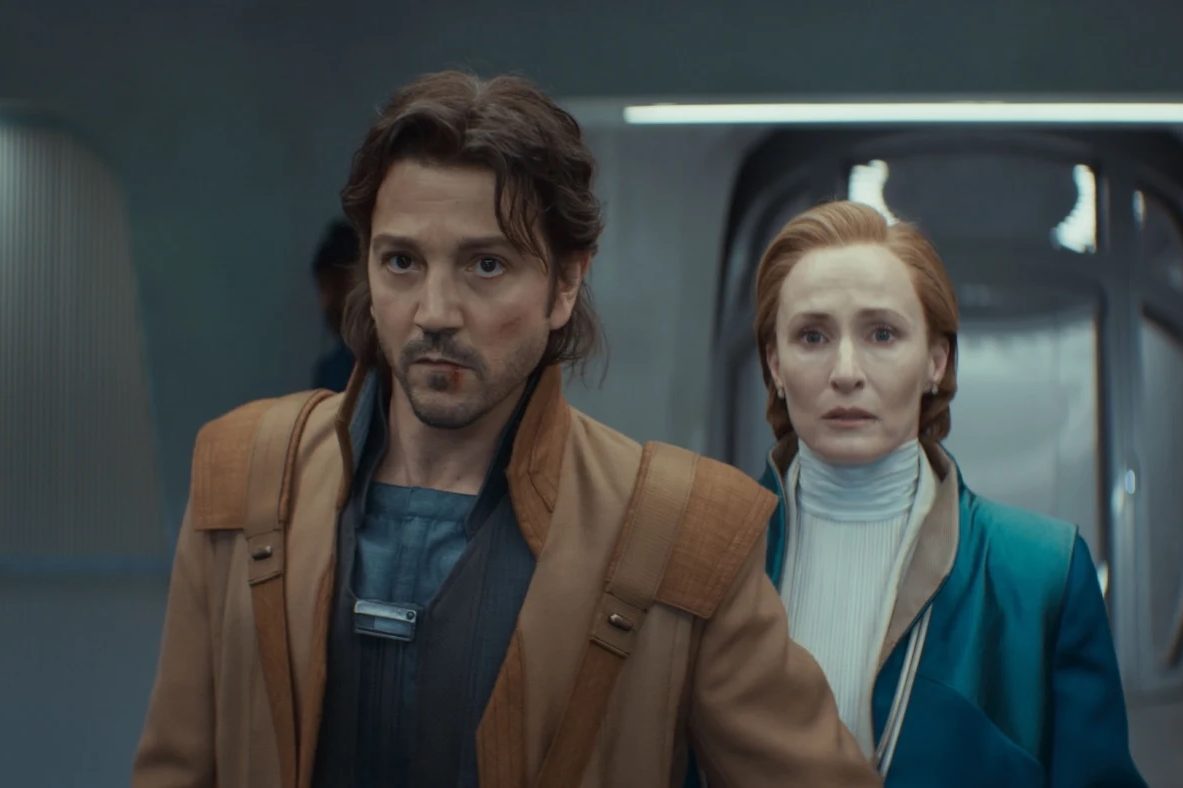



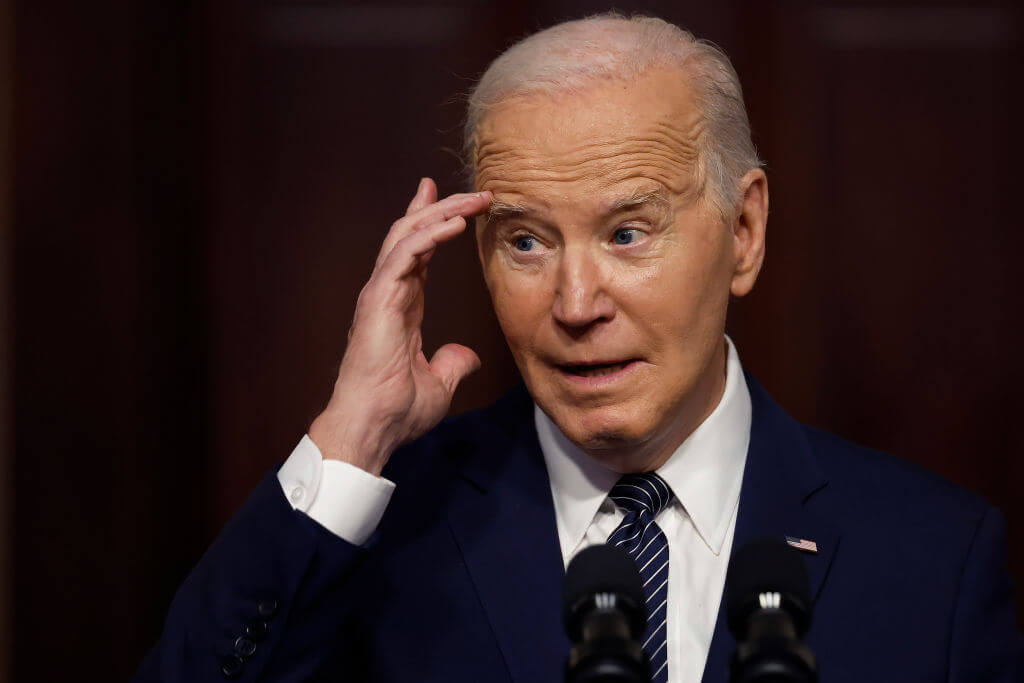


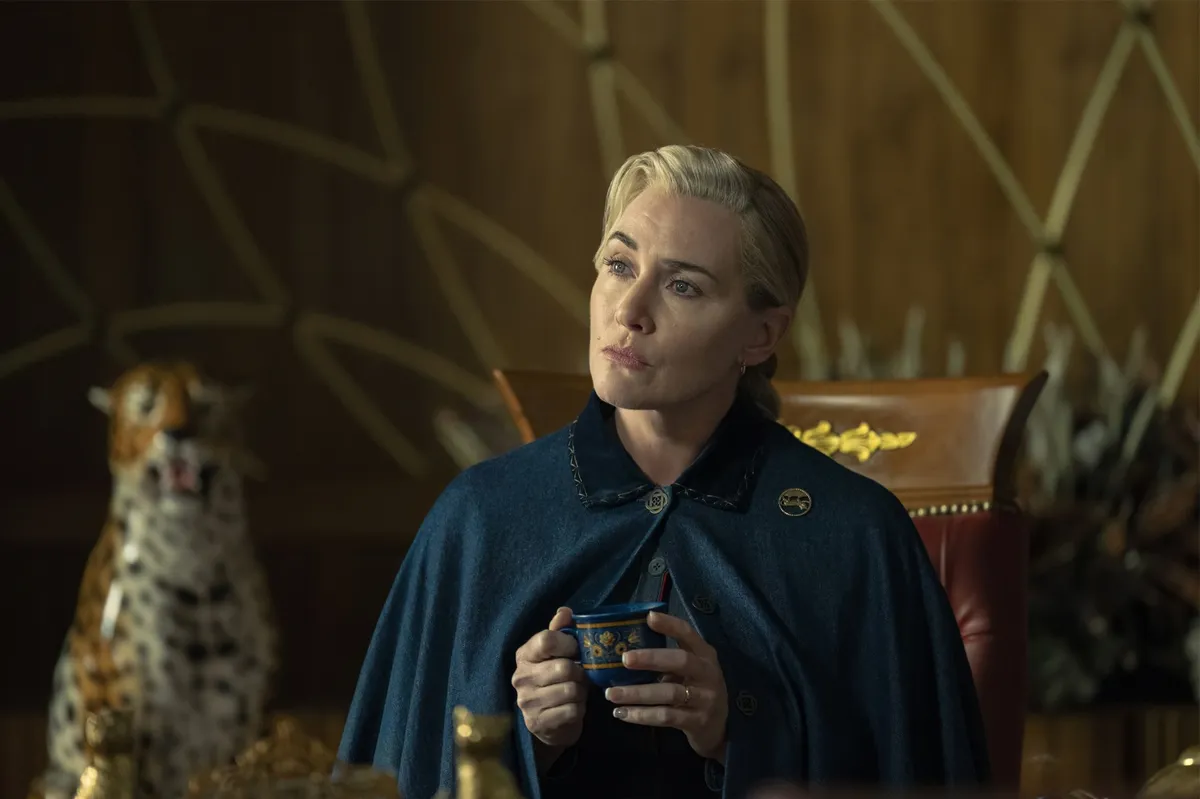
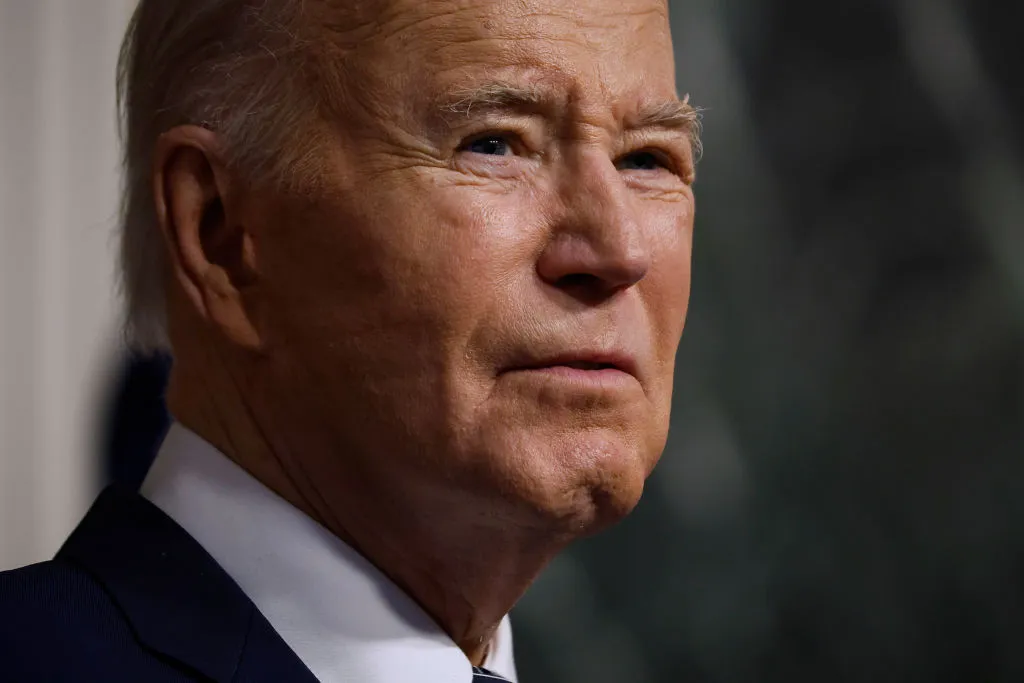

Leave a Reply